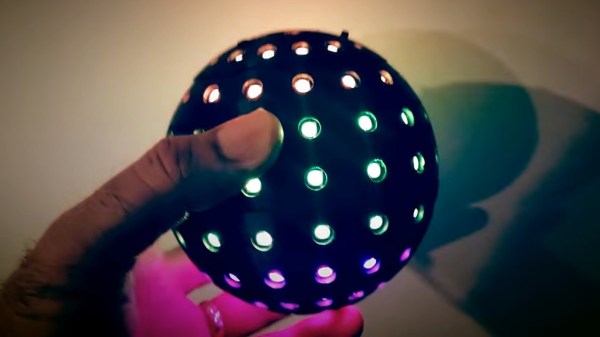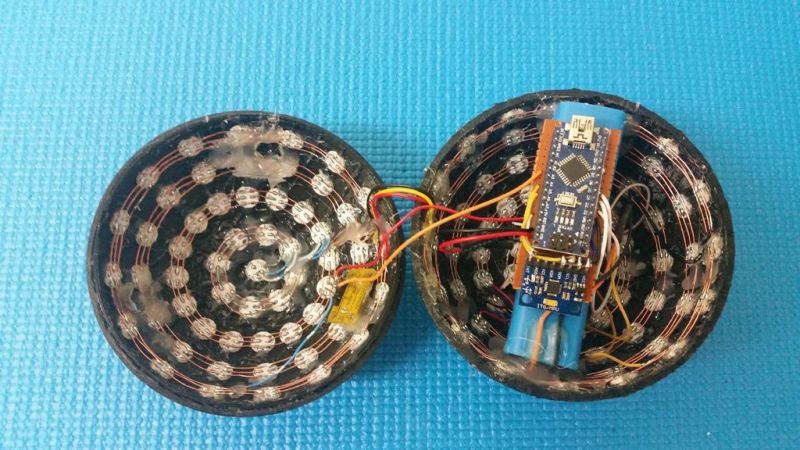All the cool kids are doing it these days, or more like for many years now: you can get a laser cutter for a song if you don’t mind doing your own repairs and upgrades — you know, being a hacker. The downside is that some failures can really ruin your day. This is what [Erich Styger] encountered with his cutter that is just a bit more than a year old. This Fail of the Week looks at the mysterious death of a CO2 laser tube.
This is the infamous K40 laser cutter. Our own [Adam Fabio] just took one on a couple of months back and [Erich] even references Hackaday coverage of the K40 Whisperer project as what pushed him over the edge to make the purchase. We’ve followed his blog as he acquired the cutter and made upgrades along the way, but after an estimated 500 hours of use, a horrible teeth-gnashing screech sprung forth from the machine. [Erich’s] reaction was to hit the e-stop; that’s certainly why it’s there.
Chasing down the problem is a story well-told, but as is often the case with these FotW articles, in the end what caused the failure is not entirely known. We’d love to hear what you think about it in the comments below.
The investigation began at the power supply for the laser, but that didn’t yield any answers. Next he moved to the tube itself, noticing that the wire connection to the tube’s anode wasn’t soldered. The anode is an unknown material he suspects to be graphite and he found a video showing the “soldering” process for connecting a wire. (We added quotes to that as the video he linked doesn’t actually solder anything but the wrapped wire strands themselves.) The solution he found is a great tip to take away from the story. It’s a socket by TE Connectivity to which he soldered the wire. Assuming it’s power rated for the task, and won’t fall off during normal operation, this is a great way to do it.
But we digress. Even with the connection made, the old tube had to be replaced with a new one. It’s also notable that the portion of that anode inside the bad tube is orange in color when a new tube would be black like the part on the outside. Does this hint at why that tube died, and could this have been avoided? If you have insight, help us learn from this failure by leaving a comment below.


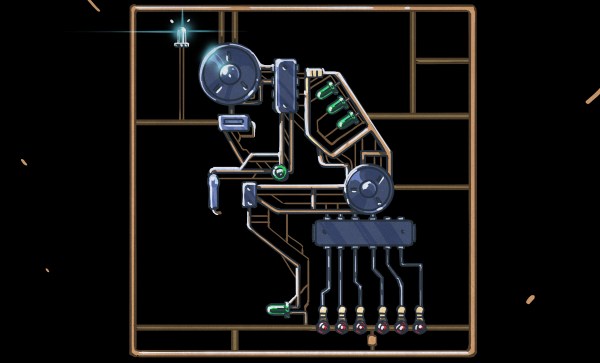



 We’re not sure if this particular data mining hack falls under that description, but it’s good to know if you want information about what government is doing, you can get it and fast! From the first request to receiving the info was just 10 days.
We’re not sure if this particular data mining hack falls under that description, but it’s good to know if you want information about what government is doing, you can get it and fast! From the first request to receiving the info was just 10 days.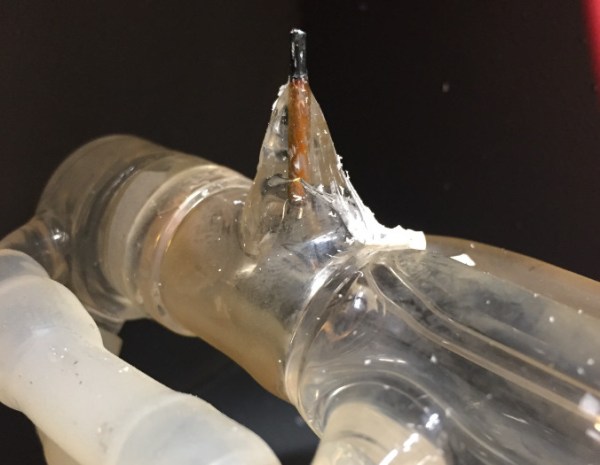
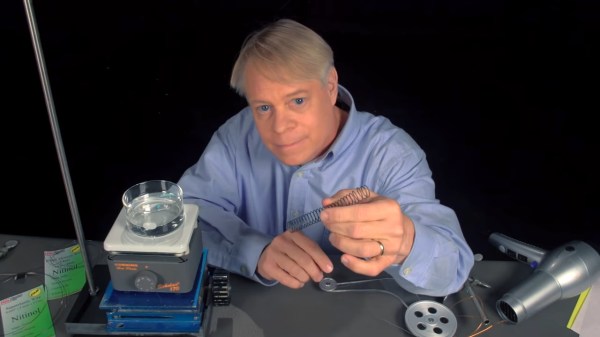
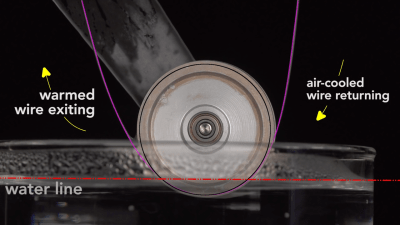 Has this material science excursion bored you to tears yet? That’s why we love [Bill’s] work. He has always done a fantastic job of demystifying common mysticism and this is no different. The video below does a much better job of illustrating what we’ve described above, but also pull out a Nitinol engine for added wow-factor. A straight piece of Nitinol is bent into a loop around two pulleys. The lower pulley is submerged in hot water, causing the Nitinol to want to straighten out, but it loops back to the top pulley, bending and cooling in the air and creating a lever effect that drives the engine. We saw
Has this material science excursion bored you to tears yet? That’s why we love [Bill’s] work. He has always done a fantastic job of demystifying common mysticism and this is no different. The video below does a much better job of illustrating what we’ve described above, but also pull out a Nitinol engine for added wow-factor. A straight piece of Nitinol is bent into a loop around two pulleys. The lower pulley is submerged in hot water, causing the Nitinol to want to straighten out, but it loops back to the top pulley, bending and cooling in the air and creating a lever effect that drives the engine. We saw 